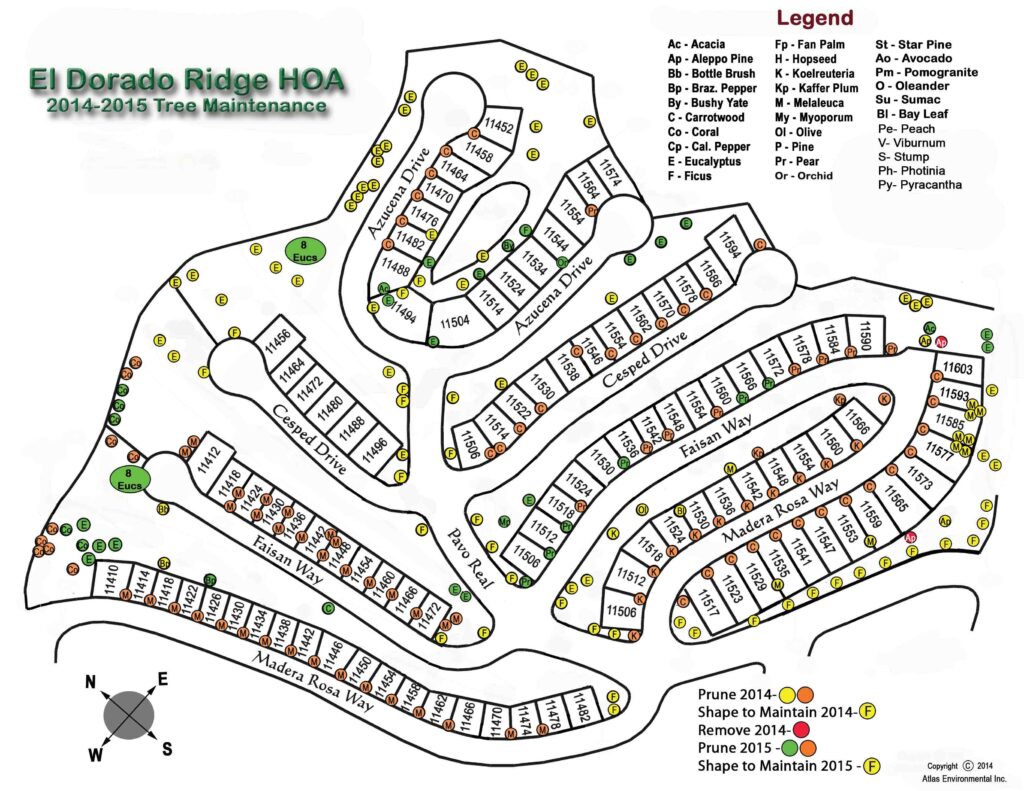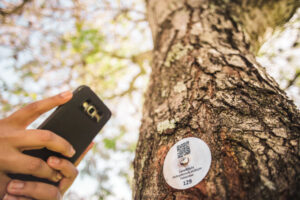Tree Inventory & Data Mapping
We offer complete tree inventory services including mapping with a color-coded legend that outlines the different types of trees on your property.
A tree inventory is a detailed record of all the trees within a particular area, such as a residential or commercial property, neighborhood, park, campus, or city. It may include information about each tree’s species, size, age, health condition, and location, as well as any maintenance or management needs. Tree inventories are often conducted by arborists, urban foresters, or city planners to help them better understand the trees in their care and make informed decisions about their management and conservation. Tree inventories can also be used to track changes in tree populations over time and to identify potential risks or hazards posed by individual trees.

If you are a residential or commercial property owner, property manager, board member of a homeowners association, or facility manager, here are just a few of the ways you may benefit from hiring a Certified Arborist to perform a tree inventory:
- Better management: A tree inventory can help you keep track of the trees in your property or community and identify any maintenance or management needs. This can help you make more informed decisions about tree care, such as pruning, fertilizing, planting or removal.
- Improved safety: A tree inventory can help you identify any potential hazards posed by trees, such as dead or diseased branches or trees that are at risk of falling. This can help you take proactive measures to prevent accidents and improve safety.
- Planning and budgeting: A tree inventory can help you plan and budget for future tree care needs, such as replacements, pest management, or tree planting initiatives.
- Environmental value: Trees provide numerous environmental benefits, such as filtering air and water, reducing erosion, and providing habitat for wildlife. A tree inventory can help you better understand the ecological value of the trees in your property or community and make informed decisions about their conservation and management.

